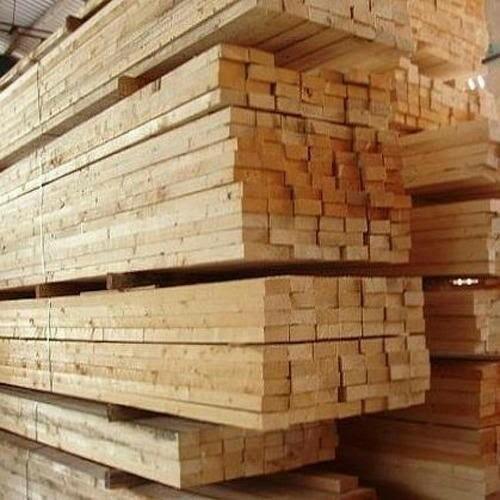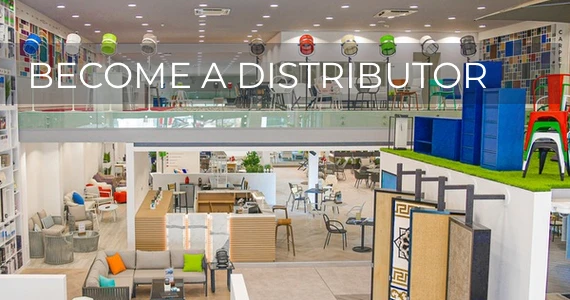Offering weather-resistant, comfortable and attractive outdoor furniture using durable materials implies high-quality supplies. Should it be aluminum, wood or fabric, many of them have been affected by the global raw materials shortage over the past months. In this post, our experts explain the reasons behind this shortage and why it has deep implications for the entire furniture industry.
Facing raw material price increases
It’s a never-seen-before situation: As an example, the cost of aluminum has increased by 60% in 2021, and prices have been on the rise for eight consecutive months; wood has also seen its price increase over the same period, as the international situation prompted some countries to actively seek wood. Not to mention the price of foam (more than +30% in one year) or steel (+30% over the last six months), which also affects furniture manufacturers. As for outdoor rope, it has increased by 30% in recent months; fabrics are in high demand and therefore are also seeing their prices rise; cardboard and packaging are not to be forgotten, with increases of an average of 7%.
This situation can be explained by multiple macroeconomic reasons:
- some countries have chosen to build up strategic reserves in aluminum or steel;
- some markets have shown an unprecedented demand for wood, thus creating a shortage.
To sum up, the needs were and will still be much greater in 2022 than what the market can currently offer, creating scarcity, raw materials shortages and thus a rise in their prices.
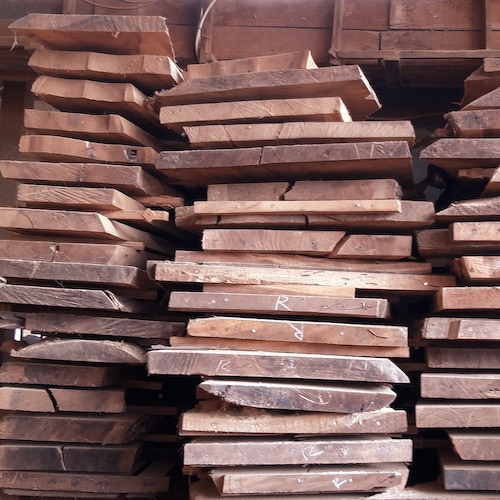
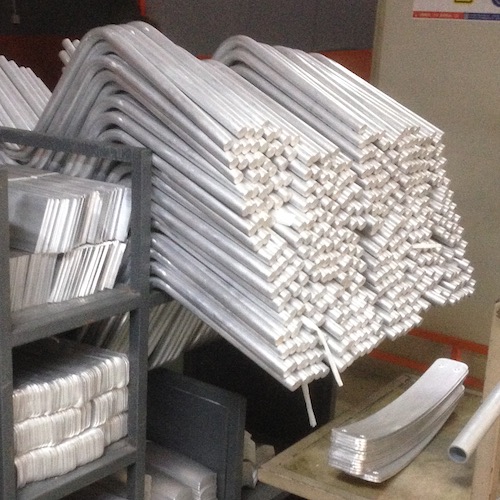
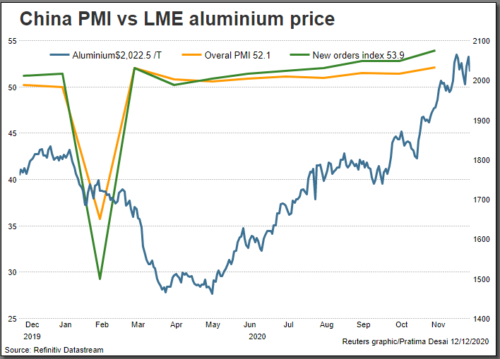
Dealing with supply chain issues
In addition to these supply and raw materials shortages, repeated shutdowns since the beginning of the pandemic have further disrupted production and depleted buffer stocks. Today, factories are slow to restart and, although they have resumed production, face difficulties to meet the demand. As a consequence, delivery times are lengthening, resulting in persistent delays of up to 8 months in the outdoor furniture sector. Simply put, manufacturers can be supplied but have to deal with partial deliveries, sometimes in quantities too low to fulfill orders on time, causing further disruption in the supply chain.
Freight is also impacting delays and price increases, as major ports are experiencing longer delivery times due to health measures against COVID and to a shortage of dock workers and truck drivers. In addition, a significant gap between the demand for transport, which is increasing with consumption, and the number of containers available, which were reduced by carriers over the past semesters in order to keep their prices high, pushes professionals to pay more to have their goods transported. A container that cost $6-7,000 before the pandemic can be charged up to ten times its original price today.

The effects of pandemic-induced demand continue to be felt in both good and bad ways: this is a challenge for the entire furniture industry, experiencing high demand but also struggling to get orders out in a timely manner due to a variety of production and supply chain issues: disruptions, material shortages and shipping delays…
At SIMEXA, we have to adapt to this new reality, to be creative, to anticipate and also to rationalize the number of references (colors, sizes) in our catalogue to fit the current production capacities. A future post will present our initiatives.
For more information about the raw materials shortage in the World, read the following articles:
- New York Times: Supply Chain Shortages (2021)
- Sourcing Journal:How Sheltering in Place Drives 24-Week Shipping, Supply Shortages for These Sellers (2021)
- Furniture Today:Casual furniture producers consider options for handling higher costs, prices and demand
- BBC News:Garden furniture shortage no picnic for retailers
- Trading Economics: Aluminium (2021)
- Freigthos Data
